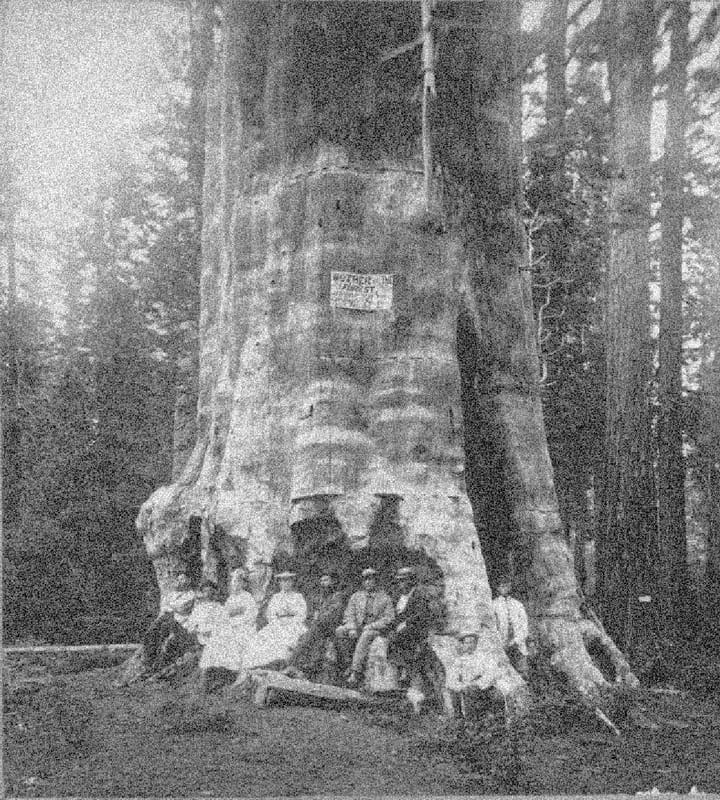The Big Green Buy, Gaining Momentum
Government procurement must be reoriented away from dirty fossil fuels and toxic products toward cleaner alternatives to expand demand for such things. The Big Green Buy is gaining momentum, but fitfully.

We already have the technologies needed to create a low carbon, less toxic economy: electric vehicles, utility-scale wind and solar, and large-scale organic agriculture.
One simple way to scale up these technologies is to reorient government procurement away from dirty fossil fuels and toxic products toward cleaner alternatives to expand demand for such things. Elsewhere I have called this the Big Green Buy.
The U.S. Federal Government is the largest single purchaser of goods and services in the world. Massive government purchasing of clean energy, less toxic supplies, and organic foods will help produce economies of scale for producers, further driving down prices. And as prices fall, due to rising supplies, consumer demand will expand and respond, thereby “crowding in” the private sector.
Federal, state, and local government spending makes up about a third of U.S. economic activity. The federal government is the world’s largest consumer of energy. It owns or leases more than 430,000 buildings and 645,000 vehicles, of which only about 5,000 are electric. The same pattern is replicated at the level of each state.
Redirecting government purchasing would create massive markets for clean power, electric vehicles, efficient buildings, and any other sort of potentially green product. Imagine if the federal government banned the use of carcinogenic PFSA, the so-called “forever chemicals” that never break down, from all the clothing and furniture it purchases. Or, crazy as it sounds, what if the Pentagon required their Meals-Ready-to-Eat to be organically sourced? Organic agriculture’s footprint would expand massively.
Green procurement also comes with certain political advantages. First of all, it requires no new taxes, programs or spending—in other words no new legislation is needed. In many cases green products cost more up front, but the government can save by buying in bulk. Green procurement isn’t inherently “anti-business” either, as it supports private sector innovation.
Despite our country’s often ahistorical and profoundly uninformed free-market rhetoric, pursuing social and economic policy by means of federal procurement is actually an old practice. It dates back at least to use of the Post Office in the 1830s and 1840s to build public roads and clear rivers for navigation. The real goal of the designers of this policy was to build a national transportation network. Since congress wouldn’t fund it, the Post Office, being empowered by the Constitution’s postal clause to build roads, went about this work under the guise of needing to move the mail. It did the same when it contracted with private stagecoaches, and then almost 100 years later with the fledgling airlines. In all of these cases, the knock-on effects of government procurement had beneficial impacts on the economy as a whole.
The Depression brought more of this policy smuggled under cover of procurement. The 1931 Davis-Bacon Act required public works projects to pay prevailing wages, and the 1933 Buy American Act favored domestic suppliers over foreign ones. The 1936 Walsh-Healey Public Contracts Act further regulated the wages, hours, and working conditions of government contractor employees—a considerable boon for unionization efforts.
Specifically green purchasing, or sustainable acquisition, dates back to a law from 1976 that first steered federal procurement towards recycled products. George W. Bush signed a rather robust executive order on green procurement. Obama broadened it, but the actual implementation floundered under his administration. Trump ordered that energy efficiency be considered in government purchasing, but, like Obama, he mostly ignored the procurement tool.
In December 2021, Biden issued an ambitious executive order on green procurement, but it is unclear how actively this directive is being implemented. Companies that contract with the federal government now face higher (greener) standards. But thus far federal agencies are actually purchasing less clean energy (to take one important category) under Biden than they did under Obama. This is partly the result of Trump scrapping Obama-era purchasing rules in 2018. Given the lag between proclamation and implementation, Biden’s purchasing guidelines should have an effect in future years.
Perhaps counterintuitively, the U.S. military currently leads the way in purchasing clean energy and solar panels. Ever since a 2010 study tallied the number of personnel killed and wounded, and the economic cost per gallon, of moving fuel in the battlefields of Iraq and Afghanistan, the Pentagon has been integrating more solar energy into its operations. Nonetheless, environmental sustainability is not yet a general requirement in federal procurement.
The good news is that all over the world, governments at every level are starting to embrace green procurement. Activists should push for more of this at the level of town governments and universities. In short, there’s already a lot of room in the budget—whatever the budget is—to go green, if we just look in the right places and think about creative reallocation.



